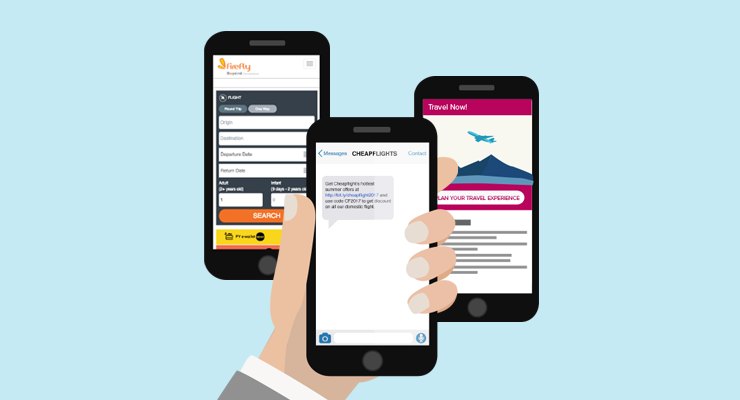Programmatic advertising is fast becoming a key part of digital marketing. With its data-driven brand of marketing, programmatic can result in as much as an 8.4% lift in brand awareness and a 133% lift in brand favorability. And for a country where more than half of the population is connected, that’s quite a huge advantage.
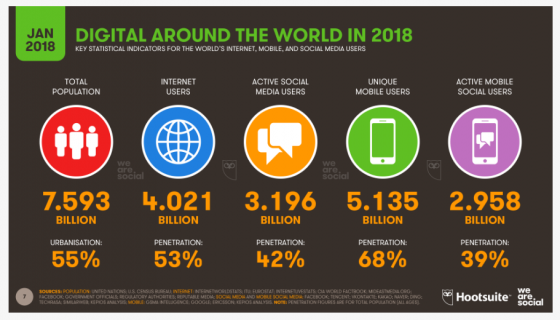
However, programmatic advertising remains to be underutilized in the Philippines, only generating 30% of display revenue in 2017. In this article, we will demystify programmatic advertising to help you have a better understanding of it.
What is Programmatic Advertising?
At its very core, programmatic advertising is just an automated way of buying ads, although it can do so much more. For starters, whereas traditional methods of ad buying would require you to purchase ad space on websites that your audience might visit, programmatic advertising allows you to target specific demographics with precision.
That means your ads, through programmatic advertising, can cut across various platforms (be it desktop or mobile) and zero in on customer segments to serve personalized content, in turn maximizing your ROI. Programmatic can do this because it has access to behavioral data in order to identify the audience that is about to be served in an instant.
A Brief History of Programmatic Advertising
Programmatic advertising simplifies the ad buying process for both publishers and advertisers.
The publishers are the ones who own websites with content that attract site visitors; for example, a website such as BuzzFeed News. Publishers sell ad space on their websites to monetize their site traffic. These ad spaces are part of their inventory, which the advertisers (businesses or their respective agencies) can purchase in order to advertise on a website.
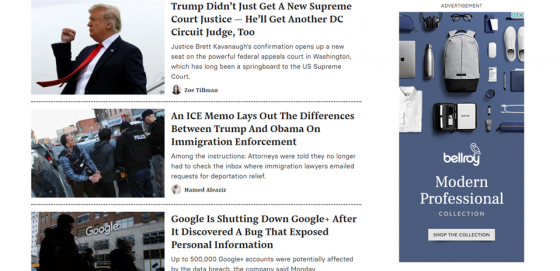
In its earlier days, digital marketing was as simple as the advertiser contacting the publisher to purchase their ad space. Eventually, ad networks came about, categorizing and packaging unsold advertising from publishers. However, while these ensured quantity of impressions, it did not necessarily ensure quality.
Ad exchanges were created as a solution to the quality problem. Instead of selling inventory in bulk (like ad networks did), ad exchanges sold audiences, allowing advertisers to pick whom they want to target. In time, supply-side platforms (SSP) cropped up, helping publishers optimize their inventory’s selling points, while advertisers created demand-side platforms (DSP), which provided an efficient way for them to purchase ad inventory from exchanges in real-time using data.

They did so using data management platforms (DMP), which offer access to real-time behavioral data, such as user demographics, what their interests are, and where they are along the consumer journey. This allows advertisers to identify if specific users are worth bidding for.
This was the turning point for programmatic advertising: what was once just a platform to simplify the process of ad buying now helps to optimize advertisements and increase revenue.
Types of Programmatic Deals
Programmatic advertising has expanded even further in order to be able to serve the needs of a wide range of advertisers.
For example, there are programmatic direct deal types, in which advertisers purchase ad inventory from only one seller. In these deals, advertisers can easily vouch for the ad space that they’re purchasing, and don’t have to worry about their ads being displayed around inappropriate content. These are ideal for more sensitive or regulated categories such as baby care.
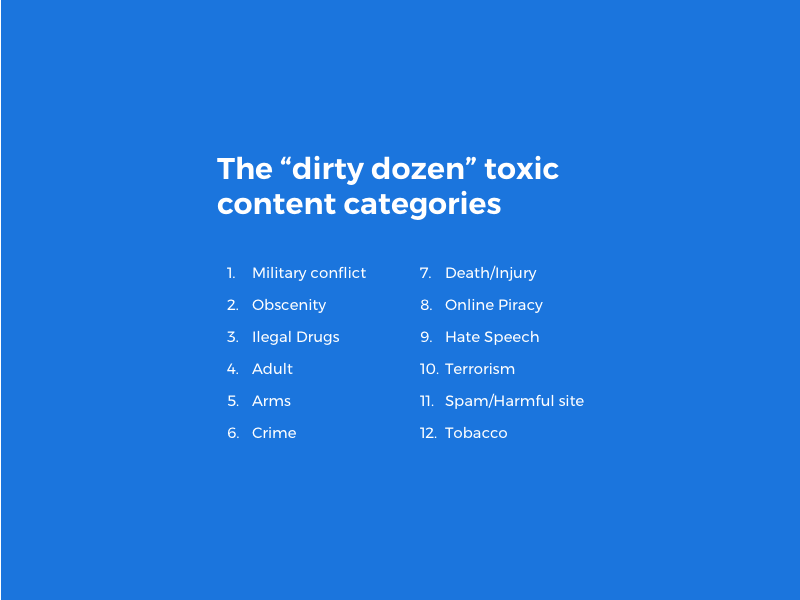
But if you’re less concerned about inappropriate content and more concerned about the volume of impressions your ad can get, real-time bidding (RTB) may be the deal for you. This can be thought of as a free for all auction, with multiple publishers and advertisers. RTB gets its name from the bidding process: as soon as a user requests a web page, the ad exchange posts the impression up for bidding, and DSPs bid against each other in real time for an opportunity to serve their ad to that specific user.
Programmatic Advertising is Changing the Advertising Landscape
Today, programmatic advertising helps advertisers create digital marketing campaigns with parameters adjusted based on real-time behavior of the target audience, increasing the chance of serving personalized content with stronger call-to-actions (CTA) across various platforms.
For example, with the help of sales data (which McDonald’s Japan product is popular in which area in Japan?) and real-time data (what time is it and how is the weather?), McDonald’s Japan was able to serve customized recommendations through their advertisements in real time:
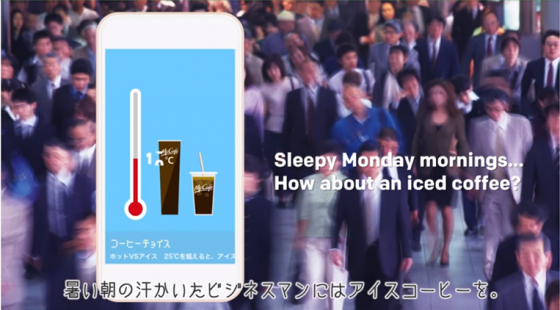
Consumer data also allows you to target highly-involved audiences or even remarket to lost customers using Facebook: since the platform has access to your audience’s behavioral data, you can use this information to target consumers who have, for example, viewed your video advertisements or added your products to their online shopping cart.
But the benefits of data go beyond the now; having access to historical data allows advertisers to understand how their marketing materials are working (or not working), giving them space to adjust their future ad campaigns.
As brand experience becomes more important, businesses need to know how to make their ads relevant to their audiences, now more than ever. Programmatic advertising is key to serving advertisements that provide value to consumers.
SOURCES:


